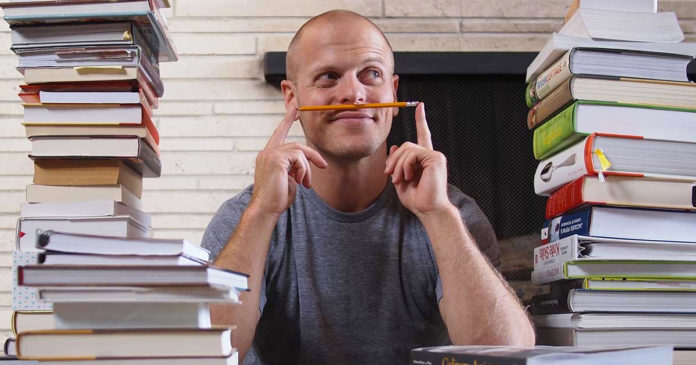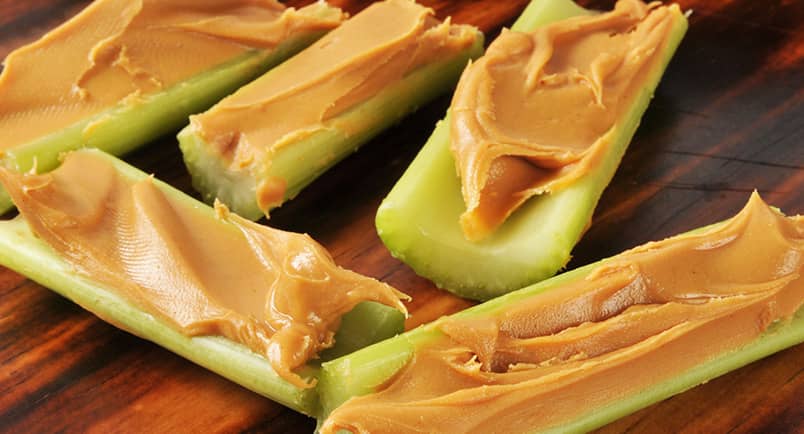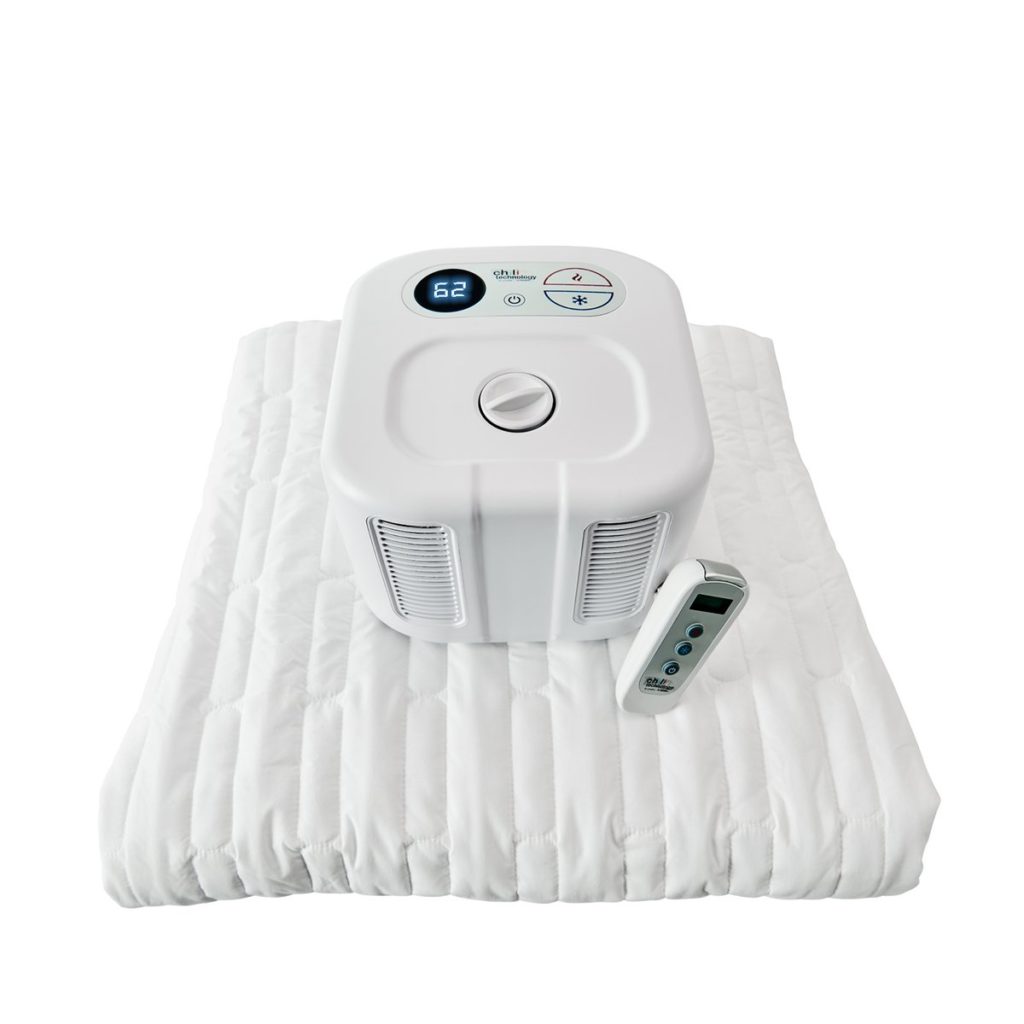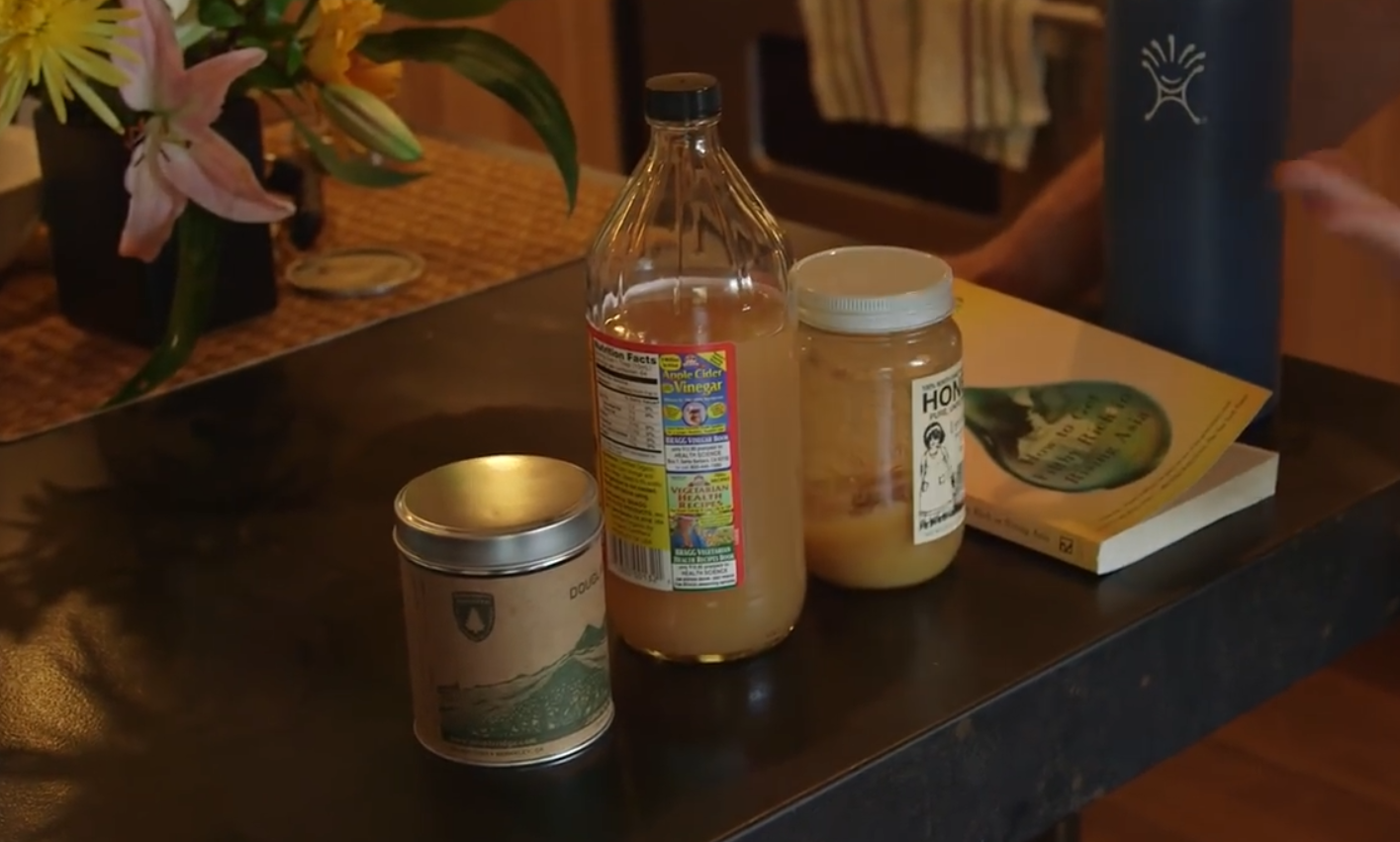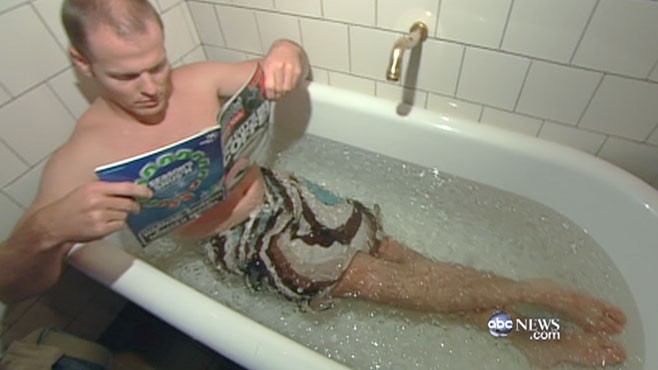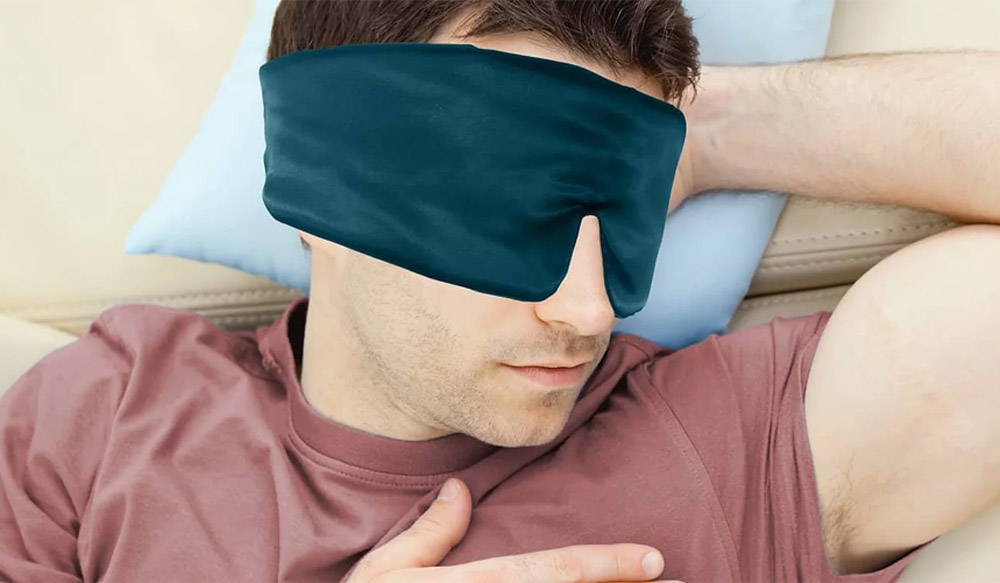Tim Ferriss is a New York Times best-selling author, entrepreneur, investor, and host of the award-winning podcast, The Tim Ferriss Show. Tim is also a self proclaimed “human guinea pig”, and has made a name for himself by pushing the boundaries of self-experimentation.
As a life-long insomniac, one domain that Tim has spent an immense amount of time studying is sleep. He believes many American are sleep deprived due to how are culture perceives sleep in general. In his book Tools of Titans, he tackles this issue head on, saying: “Ours is a culture where we wear our ability to get by on very little sleep as a kind of badge of honor that symbolizes work ethic, or toughness, or some other virtue—but really, it’s a total profound failure of priorities and of self-respect.”
Ferriss has consulted many experts and successful people to put together an incredible evening routine, along with many tools, tips, and tricks to help him fall asleep faster and stay asleep longer.
We have poured over all sleep-related content Tim Ferriss has put out over the years through his podcast, books, and blog to build this list of tools and tips he uses to improve sleep. Be warned, some of these are completely out of left field, such as hanging upside down before sleep, and even taking ice baths before bed…. BUT, they actually work.
13 Hacks Tim Ferriss Uses To Optimize Sleep
1. Consume 150-250 calories of low-glycemic index foods
Don’t you hate when get a full eight hours of sleep, but still wake up feeling terrible in the morning? Believe it or not, this could likely be due to low blood sugar. Just before bed, consider having a low-calorie snack consisting of low-glycemic index foods.
The snack that Tim eats every night consists of two tablespoons of organic almond butter spread on celery sticks, which he claims eliminated feeling like crap in the morning over 50% of the time. In addition to the above, consider consuming 1-2 tablespoons of flax seed oil to further increase cell repair during sleep, thus reducing morning fatigue.
RELATED READING: 8 Tools to Biohack Your Way to Better Sleep
2. Chilipad
According to episode #113 in his podcast, Tim says the Chilipad has drastically improved the quality of his sleep. If you are like me, you’ve probably found that one of the main reasons you wake up in the middle of the night is because you are either too hot or too cold. The Chilipad completely solves this problem. The Chilipad is a thin sheet that goes under your normal bed sheet, and a unit next to the bed circulates water through that sheet anywhere from 55-110 degrees Fahrenheit. Many of Tim’s friends in Silicon Valley said that out of all of his tips he’s ever written about, the Chilipad has been the biggest game-changer. Use code chilipad25 for 25% on their website!
According to science, it is best to sleep in an environment of 60-67 degrees. By sleeping in a cooler environment you will find that your sleep is of much higher quality, and you will not wake up as often in the night. The Chilipad is perfect for this. It is not inexpensive, but if you really want to take your bed to the next level, you can pick up the Chilipad on their website.
RELATED READING: Dr. Andrew Huberman’s Complete Supplement Stack
3. Use a White Noise Machine
To block out noise that may wake him up during the night, he uses a tool called the Marpac Dohm-DS All Natural Sound Machine. Tim described it by saying, “There are fancier versions, but these are pretty cheap and are incredibly effective for drowning out different types of noises, because I have very acute hearing.”
White noise machines can help you sleep better by blocking out external or ambient noises that are preventing you from falling asleep. They can assist you in falling asleep, staying asleep, and perhaps even training your brain to recognize when it is time to sleep. These are especially helpful if you live in a city or somewhere that is noisy. I live right by a train station in a large city, and a white noise machine has been a game changer.
The Marpac Dohm-DS has a 4.5-star rating on Amazon and nearly 7,000 customer reviews, so you know you’re getting a good product.
RELATED READING: Dr. Andrew Huberman’s Sleep Cocktail
4. Apple Cider Vinegar + Honey
About 60 minutes before bed, Tim will make what is known as his “bedtime cocktail” of apple cider vinegar and honey. He specifically mixes two tablespoons of Bragg’s Unfiltered Apple Cider Vinegar and one tablespoon of unfiltered honey in with either hot water or Douglas Fir Spring Tip tea.
Tim got this idea from his late friend Seth Roberts, Ph. D, who goes into detail about the benefits of this drink on his blog. Tim claims that many of his friends who were life-long insomniacs found that the combination of apple cider vinegar and honey “knocked them out” and improved their sleep better than prescription medication. If you want to give this combination a go, make sure you are using Bragg’s Unfiltered Apple Cider Vinegar, along with any kind of unfiltered honey. I specifically love the honey made by Y.S. Eco Bee Farms.
RELATED READING: Dr. David Sinclair’s Anti-Aging Supplement List
5. Sleep Supplements
We’ve listened to every piece of sleep related content that Tim has put out across his books and podcasts to assemble this list of supplements he says can improve not only the quality of sleep, but make falling asleep quicker and easier.
Let’s take a look at the supplements Tim recommends for sleep:
- Huperzine-A – Taking 200 micrograms of the nootropic known as Huperzine-A 30 minutes before bed can increase total REM sleep by 20-30%. Tim uses this one no more than three times a week due to side effects and says to do your homework if you take this one.
- NAC (N-Acetyl L-Cysteine) – According to one his podcasts, he takes NAC to increase glutathione levels, which aids in detoxification.
- Lithium
- Melatonin – In addition to ice baths, Tim says he would take 1.5-3 milligrams of melatonin. He also only takes it when he really needs to fall asleep.
- California Poppy Extract – He mentions this one in the Four Hour Body. Taking 15+ drops of California Poppy extract has been shown to increase deep sleep waves by up to 20%.
RELATED READING: Dr. Peter Attia’s Sleep Protocol
6. Take an ice bath before bed
The Japanese have longer lifespans than pretty much any other ethnicity in the world. Some speculate this is due to a regular ofura, or hot bath at bedtime to help release melatonin. Ferriss considered doing this until he came across some research by Stanford professors that suggested that cold therapy before bed could have an even stronger effect on sleep, but could have no relation to the production of melatonin.
Tim being Tim, he decided to combine 10-minute ice baths that he timed with a countdown kitchen timer one hour before bed. In addition to the ice bath, he would take around 1.5-3 milligrams of melatonin. He would fill a bath tub with cold water, and then dump a few bags of ice in it. According to his blog, Tim says beginners should start with ice baths where they only immerse their lower body, and then begin to progress to being able to submerge your upper torso for the final five minutes. While it may be uncomfortable at first, the results will be worth it, with Tim saying: “it’s like getting hit with an elephant tranquilizer, even if the melatonin is omitted. Don’t expect it to be pleasant at first.”
RELATED READING: Dr. David Sinclair’s Diet for Longevity
7. Light Therapy
Tim originally bought the Phillips goLite for a friend who suffered from seasonal depression, but he already had one. He instead started using it for himself as a replacement for coffee in the morning. Tim would set the Phillips goLite on the side of his laptop and point it at himself at a 15 degree angle for 15 minutes. Tim found that he was able to fall asleep in under 10 minutes four out of the five times he used it.
People with insomnia, circadian rhythm sleep disorders, and some forms of depression may benefit from light treatment.
In addition to being a corrective sleep tool, the Phillips goLite can also help with increasing energy, jet lag and seasonal depression. Using blue light therapy, it has been clinically proven to increase energy, mood, and sleep. The Phillips goLite is the size of small book, making it perfect for travel.
RELATED READING: Dr. Rhonda Patrick’s Supplement List
8. Read fiction before bed
Reading before bed has been known forever to make you tired, but reading something that keeps your “problem solving apparatus in sixth gear” as Tim describes it is a bad idea. For example, you don’t want to be reading an intense piece of non-fiction that will have you thinking about your problems even after you put the book down.
By reading fiction before bed, it will allow you to relax and focus on something else. “That’s how I started reading fiction again… It really was to consume something that would actually push me away from problem solving and more into kind of fantasy dream mode. I was like alright I’m not really a fiction reader but to fix my insomnia I’ll do it,” Tim said.
RELATED READING: Tim Ferriss’ Recommended Books
9. Sleep Master Mask + Ear Plugs
Tim has claimed to try nearly every combination of sleep mask and ear plugs imaginable. Combining a sleep mask and ear plugs allows you completely block out the surrounding environment, making any light or sound that may keep you awake not a problem. The trouble that Tim had was find a sleep mask that didn’t fall off in the middle of the night, or ear plugs that didn’t fall out.
In a recent podcast, Tim claims to have found a sleep mask and ear plug combination that actually works. For the sleep mask, he uses the Sleep Master sleep mask, which was introduced to him by Jeffrey Zurofsky, who was also featured in the Four Hour Chef. Tim prefers the Sleep Master mask because it goes over your ears instead of on top of them. This allows for a comfortable mask that doesn’t move around. For ear plugs, Tim uses 3M E-A-RSoft FX ear plugs. They are industrial strength, and you can pick up a bag of them for fairly cheap.
10. Fat and protein heavy meal 3 hours before bed
One of the main influences on the quality of your sleep is what you eat and when you eat it. Eating at regular times throughout the day impacts your circadian rhythm the same way that going to sleep at the same time every night does. According to Tim’s blog, “Eating meals at set times helps regulate melatonin, ghrelin, leptin, and other hormones that affect sleep cycles.”
Within three hours of going to sleep, Tim recommends eating a fat and protein heavy meal consisting of at least 800 milligrams of cholesterol (four or more whole eggs) and 40 grams of protein. This combination of cholesterol and protein produced incredibly faster time-to-sleep scores than smaller meals consisting of lower protein and fat. Eating two rib-eye steaks weighing 3/4 pounds each had the strongest tranquilizer effect. This is obviously a bit extreme, but it can be replicated by eating your heaviest meal of the day within three hours of bedtime.
11. Decompress the spine
This is a crazy one, but Tim actually hangs upside down before sleep to decompress his spine. He got this trick from Jerzy Gregorek, who is a world record holder in Olympic weight lifting and can still lift hundreds of pounds well into his sixties. Jerzy actually recommends hanging upside down after each heavy training session.
Here are the following tools Tim recommends for decompressing the spine. He recommends doing 2 or 3 sets of any of them for 5 to 7 seconds:
- Teeter EZ-Up Gravity Boots – Tim says that this one is his default tool, and he holds on to weights while doing it. Be careful with this one, and make sure you can do a strict pull-up and be able to touch your toes.
- Inversion Table – Tim doesn’t use an inversion table, but many of his special operations friends swear by it. These are definitely safer than gravity boots.
- Lynx Portable Back Stretcher or Teeter Back Stretcher – Definitely the safest of all these tools, this gadget is portable and one that Tim uses several times a week. This is a quick, easy way to unlock the lower back.
Tim doesn’t do this protocol every night, but has noticed a dramatic improvement in onset of sleep and quality of sleep since he began doing this.
12. Caffeine Naps
Tim is a huge fan of “caffeine naps” between 1-3pm. He recommends downing an espresso and setting your alarm for no more than 20 minutes. This short time frame makes sure that you do not wake up in the middle of a restorative sleep cycle, which can actually make you feel worse than you did before the nap.
Thomas Edison claims to have only slept a few hours per night throughout his life, but he was known to also take multiple naps throughout the day. Since it takes caffeine around 30 minutes to kick in, you should wake up feeling refreshed and ready to finish the day. Tim has been on record saying that he is most productive when he gets 7-8 hours of sleep per night in addition to a mid-day nap.
13. Prioritize Sleep
Tim has said that the top 1% of performers put a huge emphasis on getting a good night of sleep. If you have a terrible sleep schedule, it usually means you could be doing a lot more to fix it.
By creating an evening routine and making an effort to improve your sleep, you’ll see a huge difference. Ferriss recommends being asleep by 11 pm every night, and shooting for at least seven hours of sleep. Check out the video below for Tim’s current evening routine to optimize and improve the quality of his sleep.

